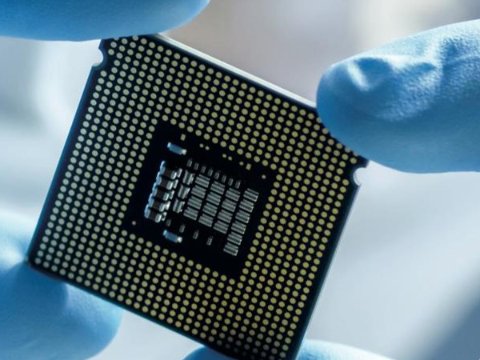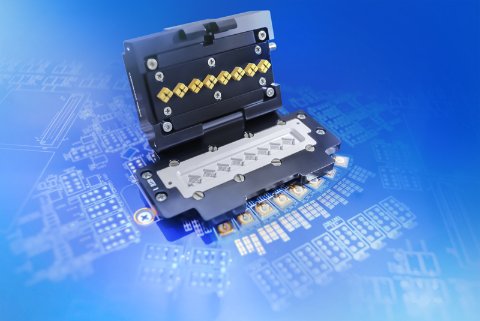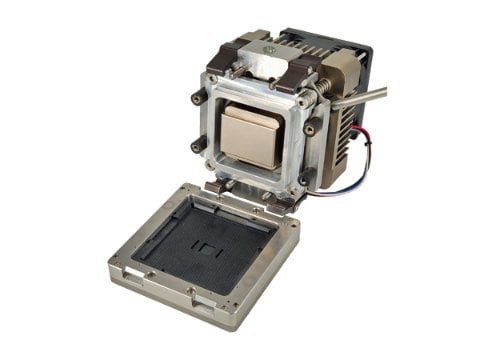- Broadband Coverage with Constant Gain and Beamwidths
- Polarization Diversity: Vertical/ Horizontal/ Right Hand and Left Hand Circular Polarization Available
- Removable Elements for Transportability and Stowage
- Extremely Rugged - Perform to Specs in Severe Environments
- MIL-E-16400 Design
-
Broadband Linearly Polarized Log Periodic Antennas
Cover extremely broad frequency ranges and are specifically designed to meet the most physically demanding environments.
-
Synthesizers
Synthesizer architectures supporting operating frequencies from 0.1 to 40 GHz. Our direct analog and digital designs feature fast switching speed of less than 100 nanoseconds and ultra-low phase noise.
-
Phase Stable Cable Assemblies
Lab-Flex T cable is the ultimate solution for those testing conditions which require the minimum phase change during temperature and mechanical flexure.
-
High Performance Cable Assemblies
Lab-Flex Series are high performance flexible cable assemblies with the lowest insertion loss and highest frequency response.
-

Ensure Reliability in Edge Computing with Burn-In Testing
Retail. Manufacturing. Government. Healthcare. Distribution. Choose an industry, and edge computing is there helping organizations thrive. Every industry has more data to generate, control, share, and save, which means that through 2022 and beyond, more enterprises will use the edge to benefit their business.
-

FAQs at Smiths Interconnect: test sockets, capabilities, and support
After over 40 years of industry experience, Plastronics was acquired by Smiths Interconnect as the company’s one-stop shop for burn-in and reliability testing. As the complementary in-house burn-in division, we have also brought a wealth of knowledge and expertise in socket design and manufacturing.
-

Enhancing Customer Efficiency with Volta 200
New Volta 200 Series Offers Easy Maintenance of Spring Probe Technology for Finest Pitch Wafer Test
-

What is thermal simulation and why is it important to reliability burn-in testing?
Not every semiconductor manufacturer utilizes thermal simulation in their reliability testing setup. Lower power burn-in allows for an acceptable temperature rise within the package/die in a traditional burn-in chamber running at 125°C. As packages in burn-in are moving to higher power output, socket and burn-in systems may need to have enhanced features to manage the desired target die temps.

